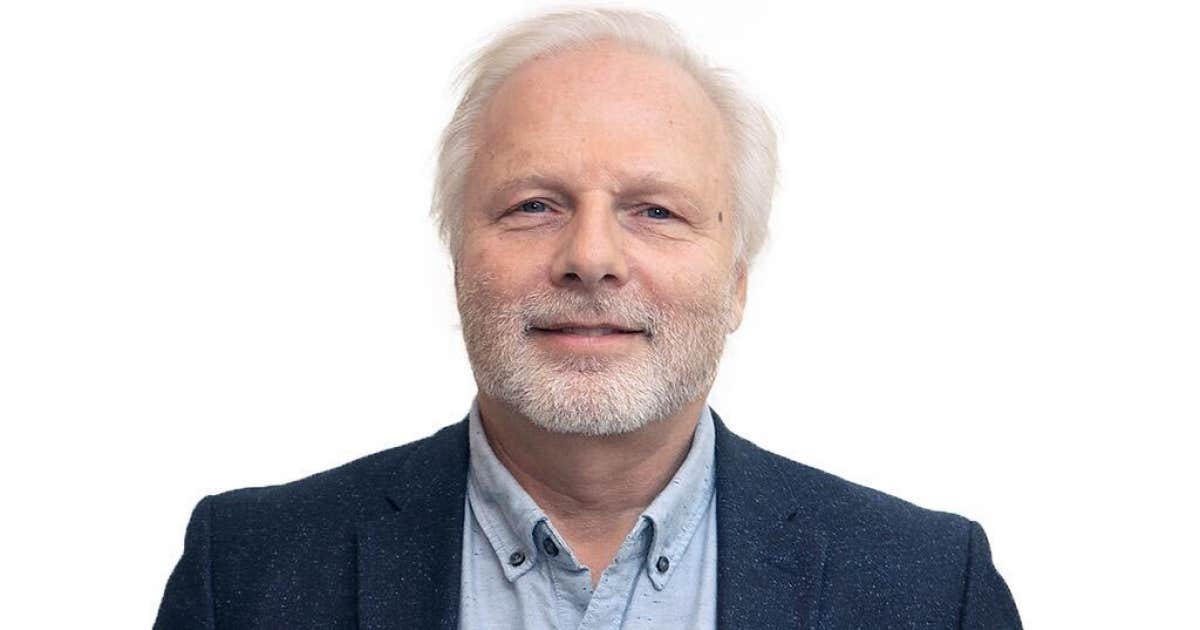Maple Arabs. It was the title. During the 1970s, the oil shocks caused by the massive increase in prices by producers, mainly Arabs, resulted in the West in gasoline shortages and long queues at service stations. The imagination of my 17 year olds had drawn a Quebec version. In this universe, maple syrup had become an extremely coveted, almost addictive commodity. But now an insect never recorded before was ravaging the sugar bushes of Ontario and the Northeastern United States.
Only Quebeckers had developed the appropriate insecticide. See, it’s fishy! Newly independent Quebec thus held most of the world’s syrup supply. He could monetize his exports in exchange for political or economic concessions. Of course, this was followed by the theft of maple stocks, black market, smuggling, native complications at the borders and other fun things. I only had the premise, not the conclusion. I mention it here in case Xavier Dolan wants to come out of early retirement or Denis Villeneuve is lacking in inspiration. I would also gladly take the call from Netflix.
Are Quebecers on the verge of becoming Arabs with electricity? There is much discussion about the colossal increase in electricity production — more than 50% of our current production — necessary to meet our own needs for the electrification of the vehicle fleet and industries attracted by a clean energy source. While a decade ago, we canvassed buyers to offload our surpluses, here we are, holders of a rare product that we will now only distribute sparingly. The reversal is such that we examine a posteriori with regret the long-term sales granted to the Americans. Couldn’t we have gotten more out of it, if we had waited?
Actually no. The massive investments underway in the United States are so gigantic that the production of clean electricity will explode, but not its price. But Quebec has a unique card in its game, the value of which it underestimates: its reservoirs. The ability to store energy, in the form of water, to close and open the valves at will gives Quebec leverage that does not exist elsewhere on the continent. Without selling a single additional kilowatt-hour, but by agreeing to store and then destock, we could reach billions of dollars. Per year. (I feel that I now have your attention, Pierre Fitzgibbon.)
These calculations were made by HEC specialist Pierre-Olivier Pineau, his colleagues Jesús Rodriguez-Sarasty and Sébastien Debia, in a scholarly text which I will spare you reading: Deep Decarbonization in Northeastern North America. The Value of Electricity Market Integration and Hydropower. The authors calculate that the investments to switch to 100% electric in the states of the American Northeast will cost much more if they do not have access to the “balancer” function that the reservoirs can play. Especially since much of the added production will come from wind and solar power, which provide intermittent, and therefore not constant, energy. In the absence of a life-size battery, they will have to overproduce at a loss or store energy in giant batteries, which are still very expensive. But if they have access to our natural stack, the savings will be massive.
“The figures of our model are obviously dependent on the parameters used and the scenarios considered,” Pineau wrote to me. But the orders of magnitude are very solid. Clearly: to obtain the same energy, but without having access to the reservoirs, the states of the Northeast would have to invest twice what would be necessary with the reservoirs. Double.
Pineau and company made their calculation with the existing reservoirs, so without adding any.
Financially, New York and New England would have to spend $38 billion a year to achieve carbon neutrality, without access to our reservoirs. With access via the current transmission lines, their bill would drop to 23 billion per year. With additional lines, at 11 billion per year.
This last objective cannot be achieved without increasing the number and power of interconnections with our southern neighbors by 300 to 400%, considerable work, but with little impact, in the end, on the cost of the kilowatt hour. The only real question is how to negotiate our share of this potential savings of 27 billion! (Did I mention it’s per year?)
“The role that Quebec can play in the energy future of the Northeast has great value, adds Pineau, but it is only visible if we do comparative scenarios, as we have done. Very few people and governments do these comparative scenarios, so the value of our reservoir system is misunderstood. »
If I was Fitz, I’d drop the nightly dishwasher trigger campaign and get on it. With energy.
Father, columnist and author, Jean-François Lisée led the PQ
from 2016 to 2018. | [email protected]; blog: jflisee.org
